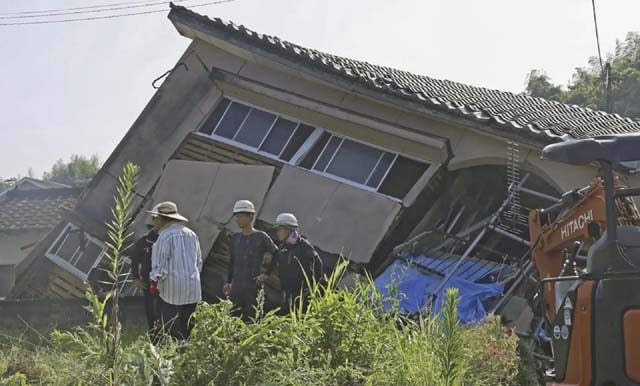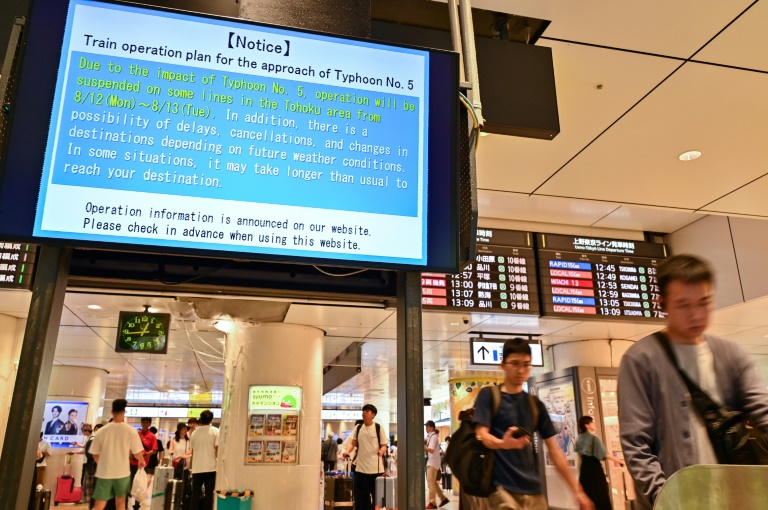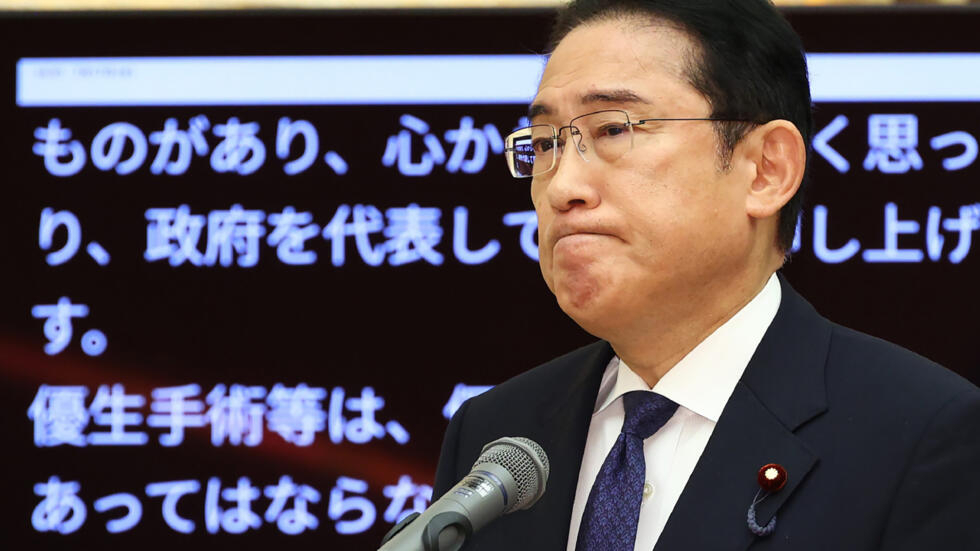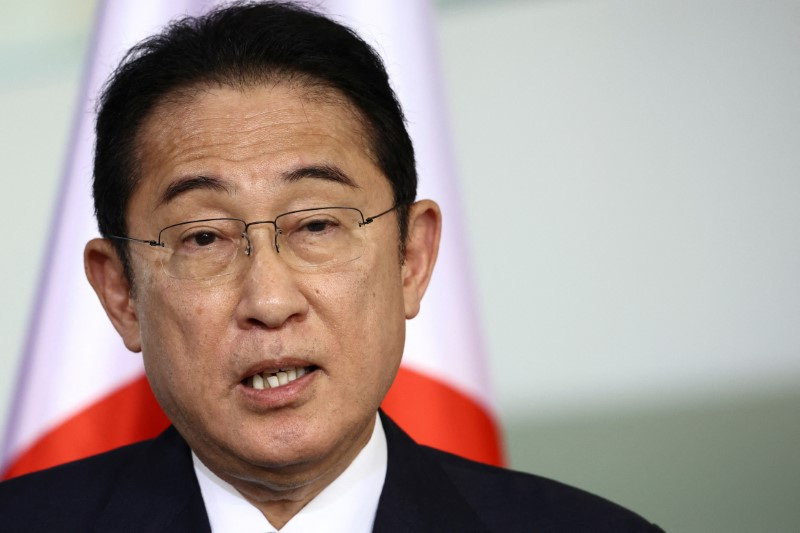Business
Rate Increase by Bank of Japan: First Since 2007
Tuesday saw the end of Japan’s extremely aggressive monetary stimulus program, and rates were raised for the first time since the global financial crisis.
After the “lost decades” of deflation and stagnation, the Bank of Japan implemented an unconventional policy of negative interest rates and large-scale asset purchases in an attempt to spur economic development and price increases.
But on Tuesday, after months of conjecture, the BoJ officially raised interest rates for the first time since 2007 by moving the policy rate range from -0.1 to between zero and 0.1 percent.
The statement stated that after “assessing the virtuous cycle between wages and prices,” officials will “sustainably and stably achieve the price stability target of two per cent.”
Banks will be allowed to increase lending profits, but individuals and businesses will pay more for loans as a result of the move.
Additionally, it will raise Japan’s debt service costs, which are among the highest in the world at about 260% of GDP.
The acquisition of exchange-traded funds and other unconventional policies, such as the yield curve control program that permits bonds to move in a narrow range, were also terminated by the BoJ on the grounds that they had “fulfilled their roles.”
Yet, it declared that it will continue to purchase long-term government bonds.
A “great step for the BoJ towards normalisation of its monetary policy it has long craved,” according to senior economist Taro Saito of the NLI Research Institute, who spoke with AFP about the development.
Following Russia’s invasion of Ukraine in 2022, the US Federal Reserve and other central banks raised interest rates in an effort to control inflation.
But the BoJ maintained its main rate below zero, where it has been since 2016, even though inflation also briefly topped 4%.
The goal of the strategy was to encourage banks to lend to businesses because they lose money when they park funds with the BoJ while interest rates are negative.
The approach has caused the yen’s value versus the dollar to drop significantly, which is excellent for exporters but bad for consumers because it has increased the cost of imports.
The BoJ’s statement that conditions will stay accommodative dashed hopes of more hikes, and the yen dropped past 150 to the dollar while markets rose.
Before rising rates once more, Tom Kenny of ANZ stated, “We think the BoJ will need a lot more convincing that inflation is truly on the path to sustained two-percent inflation.”
Increases in wages
For nearly two years, inflation has remained at or above the BoJ’s target of two percent.
The BoJ, however, was looking for additional proof of rising salaries and that demand, not cyclical factors, was driving inflation.
The largest labor union in Japan looks to have put the finishing touches on Friday, securing the greatest pay increase since 1991.
At a press conference on Tuesday, BoJ chairman Kazuo Ueda stated that the result was “an important factor in making our decision.”
However, Moody’s Stefan Angrick noted that the BoJ “is rushing” and that there is no guarantee that there would be greater domestic demand or wider pay increases.
“When the BoJ has tightened policy too quickly in the past, a downturn has usually ensued. Even while the adjustment from Tuesday isn’t significant enough to harm Japan’s economy, more harm may easily be done, he said.
“The BoJ is walking carefully.”





